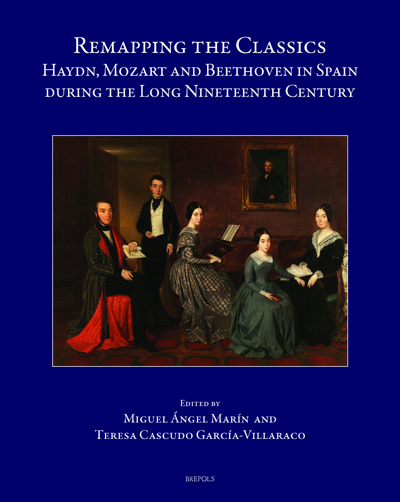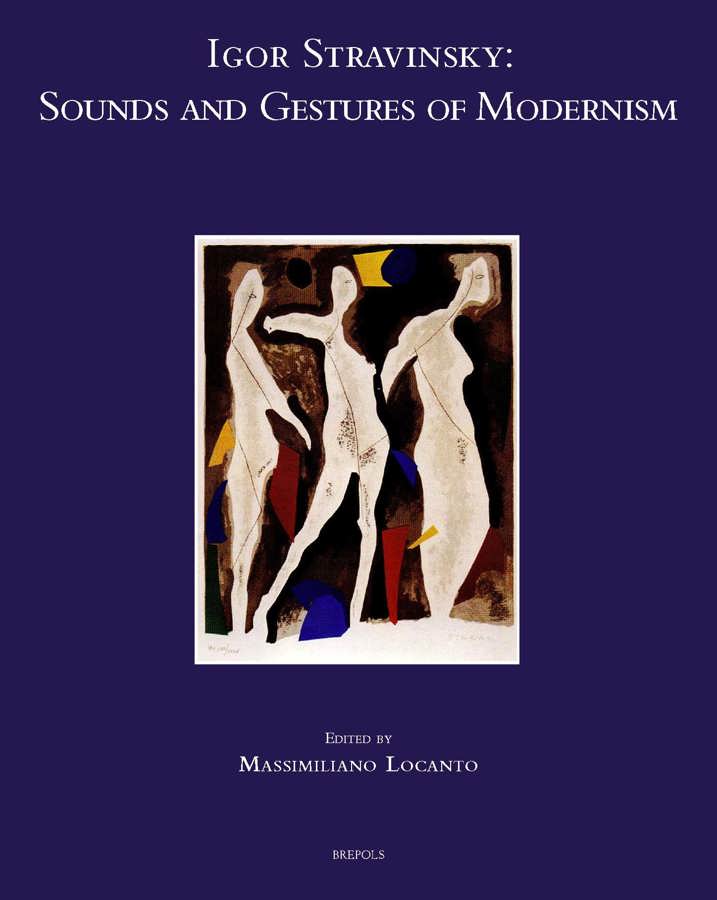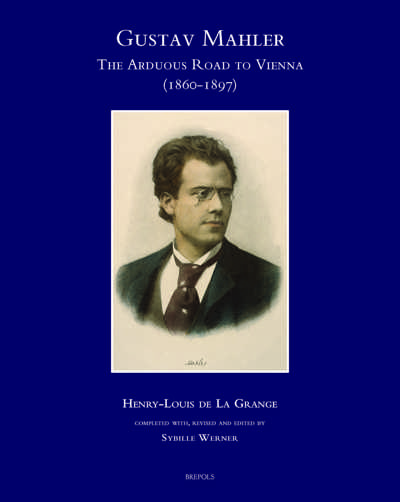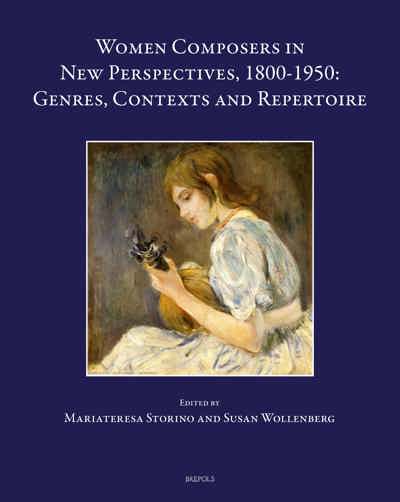
Igor Stravinsky: Sounds and Gestures of Modernism
Massimiliano Locanto (ed)
- Pages: 494 p.
- Size:210 x 270 mm
- Illustrations:57 b/w
- Language(s):English, French, Italian
- Publication Year:2014
- € 130,00 EXCL. VAT RETAIL PRICE
- ISBN: 978-2-503-55325-2
- Hardback
- Available
Bringing together twenty-four essays by scholars of different nationalities, this volume aims to shed new light on one of the most influential composers of the twentieth century. The chapters are organized in six sections (I. Roots and Routes; II. Music, Gestures, Bodies; III. From Stage to Screen; IV. Constructing the Musical Text: Theory, Analysis, Intertextuality; V. Critical Reception; VI. Restagings, Rereadings), in which Stravinsky and his music are analyzed from different disciplinary and methodological perspectives. Many essays approach the subject from an historical and cultural viewpoint, contextualizing Stravinsky’s work within the debate on Modernism. Others are concerned with textual and intertextual aspects, and still others investigate gestural and bodily dimensions, as well as the cognitive aspects of Stravinsky’s music. The concept of ‘musical gesture’, formulated in recent years with increasing precision, runs through the volume as the basis for new paths of interaction between music analysis, new trends in systematic musicology, and historical and cultural approaches.
Preface
Roots and Routes
Tatiana Baranova Monighetti, In between Orthodoxy and Catholicism: The Problem of Stravinsky’s Religious Identity – Susanna Pasticci, Stravinsky and the Spiritual World of Orthodox Theology – Svetlana Savenko, Igor Stravinsky and His Russian Interlocutors – Rosamund Bartlett, Stravinsky’s Swiss Years: A Russian Composer’s Liberation – Natalia Braginskaya, Stravinsky’s 'Abraham and Isaac': Glimpse of the East?
The Musical Text
Tatiana Baranova Monighetti, Working on 'The Rite of Spring': Stravinsky’s Sketches for the Ballet at the Paul Sacher Stiftung – Philip Ewell, Octatonic or Diminished? Russian Modal Interpretations of Stravinsky from an American Perspective – Mark McFarland, Stravinsky as Analyst: 'The Firebird' and 'Petrushka' – Nicholas P. McKay, Dialogising Stravinsky: A Topic Theory and Gestural Interpretation – Elia Andrea Corazza, From Saint Petersburg to Europe: The Reconstruction of Stravinsky’s 'Danse russe' and 'Presto Finale from Sleeping Princess' (1921) and 'Mariage d’Aurore' (1922-1929) – Danick Trottier, La pratique de l’hommage musical chez Stravinsky
Music, Gestures, Bodies
Jonathan Cross, Some Thoughts on Stravinsky’s ‘Apotheosis’ – Antony Desvaux, Le «geste musical»: Hatten versus Stravinsky – Bogumila Mika, Stravinsky’s ‘Music on Music’: A Survey of the Main Theories and Interpretations – Matilda Ann Butkas Ertz, Embodiment and Reception in 'Les Noces': Choreographic Relationships to Music, Libretto, and the Folk Wedding
Restagings, Rereadings
Patrizia Veroli, Milloss et Stravinsky: un chorégraphe et le «raffiné sorcier» de la musique du xxe siècle – Chandler Carter, Bergman’s 'Rake’s Progress': How a Director Helped Create an Operatic Masterpiece – Melissa L. Khong, Gestures of Polyphony, Rhythm, and Gender in Pina Bausch’s 'Le Sacre du printemps' – Aurora Egidio, Tre registi e un autore: la versione teatrale dell’'Histoire du soldat' sull’inedito di Pasolini
From Stage to Screen
Claire Paolacci, Igor Stravinsky et l’Opéra de Paris (1915-1945): entre réforme théâtrale et modernité musicale – Julien Ségol, 'Oedipus Rex' ou l’oeuvre au neutre: un dispositif anti-fictionnel? – Massimiliano Locanto, Igor Stravinsky’s 'The Flood' in between Theatre and Television
Critical Reception
Germán Gan Quesada, A Modernist Composer for Avant-garde Times? Stravinsky’s Music in Spain during the Early Francoism (1945-1960) – Rosanna Giaquinta, 'The Rake’s Progress': The Critic’s Perception of the World Première (Venice 1951) – Gianfranco Vinay, Quarant’anni con Stravinsky
Biographies – Index of Names




